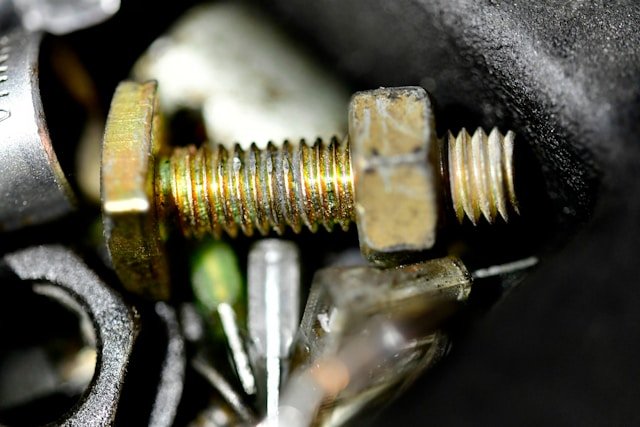Buying auto parts might seem simple, but one wrong move can leave you with fake parts. These knock-offs often look like the real deal, right down to the packaging, making them hard to spot. A faulty brake pad or overheating battery from a fake part isn’t just a headache; it’s a serious hazard. This article will share some smart checks that help you avoid trouble and allow you to shop with more confidence.
1. Buy from Trusted Sources Only
Always go for certified mechanics or reputable auto shops over dubious internet vendors or back-alley garages. Even though large internet retailers may have appealing rates, many rely on outside vendors; thus, it’s wise to examine their ratings, reviews, and length of operation. To steer clear of problems down the road, always follow the official website or service centre of the car whenever at all possible.
2. Check the Price Carefully
Every customer enjoys a good deal, but if the price is much lower than usual, it is obviously a warning flag. Because they are produced from premium materials and undergo appropriate testing to guarantee performance and safety, always remember that real car parts cost more. What seems like a deal now could turn out to be far more expensive in repairs and damage your car more broadly.
3. Inspect the Packaging
Real components arrive in neat, sturdy packaging with correct barcodes, spelling, and the authentic brand logo. Though they overlook little details like typos, faded colours, or off-looking logos, fakes can imitate the appearance. Find the part number and barcode; authentic parts usually print both clearly. Usually a sign of a low-quality product within, a flimsy, worn, or improperly sealed box raises questions.
4. Compare with the Original Part
Exo Auto Parts makes it easier to spot the real deal; just keep the old part with you while shopping for a replacement and compare it with the new one. Don’t forget to examine closely the size, form, weight, and materials, since even little variations provide hints. In addition to that, while phoney components could feel overly light or exhibit marks in unexpected places, real parts typically fit exactly.
5. Ask for a Warranty or Receipt
Genuine components sometimes come with warranties, providing peace of mind if something goes wrong; the part may be returned or replaced. Since honest merchants always provide correct documentation, a vendor who declines to provide a guarantee or receipt raises questions. Not only does keeping the receipt help your mechanic with any follow-up questions, but it also helps with refunds.
6. Evaluate the Part Number
Finding the correct fit depends on every real auto part having a unique part number that corresponds with the model and year of your vehicle. That’s why before making a purchase, always compare the number on the box or part; if it does not match, or if it is absent, you may be dealing with a fake. Never guess with part numbers since skipping this stage can cause more issues down the road.
7. Get a Mechanic’s Opinion
If you’re not sure about a part, call a reputable mechanic for assistance; mechanics sometimes find counterfeit parts that go undetected and breach your car’s warranty. Skilled mechanics can determine whether a part delivers good value for the price and operates safely. Ask questions freely throughout the process; having clear responses now will help you avoid more major issues down the road.
Protect Your Car from Costly Mistakes!
Purchasing auto parts is about maintaining a safe ride and functioning, not only about saving money. Although they seem good at first, fake components can lead to major, costly issues. Check packaging, compare part numbers, stick with reputable vendors, and be wary of prices that appear too low to help avoid that problem. Before you buy, follow these wise ideas to save stress and surprising expenses later.




